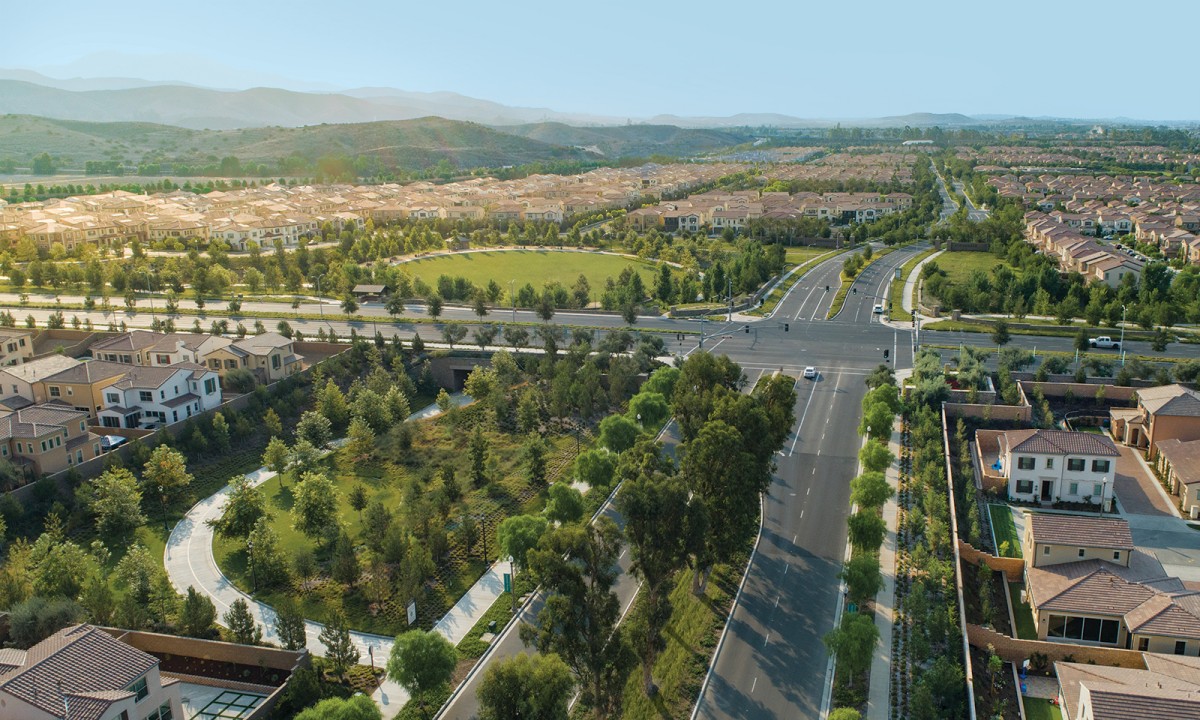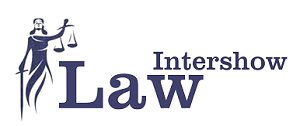
Irvine consistently ranks among America’s safest cities, but this master-planned community still has its share of traffic hazards. Despite careful urban design, certain roads and intersections in Irvine have developed concerning safety records. According to data from the California Highway Patrol and Irvine Police Department, the city experienced approximately 3,400 crashes at intersections between 2010-2018, with several locations showing persistent accident patterns. Understanding where these danger zones are located can help residents and visitors navigate Irvine more safely.
Top Dangerous Intersections in Irvine
Jamboree Road and Walnut Avenue consistently ranks as Irvine’s most accident-prone intersection. This busy junction connects residential areas with major shopping centers and office complexes, creating a perfect storm of commuter traffic, retail visitors, and pedestrians. The complex turning patterns and high volume contribute to frequent rear-end collisions and sideswipe accidents, particularly during rush hours.
Alton Parkway and Gateway presents another high-risk area, especially during business hours. With multiple lanes of traffic and complex turn signals, this intersection near the Irvine Business Complex sees numerous accidents involving drivers unfamiliar with the correct lanes for their intended direction.
Culver Drive and Irvine Boulevard, a major junction connecting north and central Irvine, experiences heavy congestion during peak hours. The wide intersection with multiple turn lanes creates confusion for some drivers, resulting in improper lane usage and failure-to-yield accidents.
Barranca Parkway and Harvard Avenue near the Spectrum Center shopping area combine heavy retail traffic with commuters, creating a hazardous mix especially during weekends and holidays. The proximity to I-405 on-ramps adds to the congestion and risk.
Armstrong Avenue and McGaw Avenue in Irvine’s industrial area sees frequent accidents involving commercial vehicles. The combination of large trucks, limited visibility, and drivers unfamiliar with industrial traffic patterns contributes to this intersection’s danger.
Harvard Avenue and Michelson Drive, while not having the highest number of accidents, has recorded a concerning number of severe and fatal crashes. The long straightaway approaching this intersection often leads to excessive speeds, making collisions here particularly dangerous.
Dangerous Road Corridors
Beyond specific intersections, certain road corridors in Irvine show elevated accident rates along their entire length.
Jamboree Road tops this list, serving as a major north-south artery through Irvine. Its eight lanes in some sections, high speed limits, and numerous retail entrances create multiple conflict points. The stretch between I-405 and Barranca Parkway is particularly hazardous, with an accident rate significantly above the city average.
Alton Parkway, especially between Jamboree and Jeffrey Road, presents another high-risk corridor. The road’s design encourages speeds that often exceed safety limits, while multiple shopping centers create frequent turning movements across traffic.
Irvine Boulevard along the northern edge of the city combines high speeds with residential entrances and agricultural vehicle traffic, creating an unusual mix that leads to frequent accidents, particularly near Yale Avenue and Sand Canyon.
Barranca Parkway between I-5 and I-405 serves as a major east-west connector with heavy commuter traffic. Its proximity to both freeways creates congestion and aggressive driving behaviors during rush hours.
Culver Drive from Walnut to Irvine Center Drive passes through densely populated residential areas and major shopping destinations. The frequent traffic signals and retail entrances create numerous potential conflict points.
Common Causes of Accidents in Irvine
Despite Irvine’s well-designed road network, human factors remain the primary cause of accidents. Excessive speeding tops the list, with Irvine Police Department data showing speed as a factor in nearly 35% of serious accidents. The wide, straight roads in many parts of Irvine can create a false sense of security, encouraging speeds inappropriate for urban driving.
Distracted driving, particularly smartphone use, has emerged as a growing concern. At Irvine’s busy intersections, even a momentary distraction can lead to rear-end collisions or failure to observe traffic signals.
Drunk driving, while less common in Irvine than in surrounding communities, still contributes to some of the most serious accidents, particularly late at night near restaurant and entertainment districts like the Spectrum Center.
Improper turns and lane changes account for a significant percentage of collisions, especially at complex intersections with multiple turn lanes. Unfamiliar drivers often make last-minute lane changes when navigation systems announce upcoming turns.
Most Common Types of Accidents
Rear-end collisions dominate Irvine’s accident statistics, accounting for approximately 40% of all crashes. These typically occur during congested periods when drivers fail to maintain proper following distance.
T-bone accidents, while less frequent, cause more serious injuries and are common at major intersections like Jamboree and Barranca. These typically result from red-light running or failure to yield on left turns.
Accidents involving cyclists and pedestrians, while representing a smaller percentage of total crashes, often result in serious injuries. The intersection of Culver and Walnut has seen several such incidents, particularly involving UCI students.
Common Injuries from Irvine Accidents
The high-speed nature of many Irvine roads contributes to serious injury patterns. Whiplash and neck injuries are most common, particularly in rear-end collisions on major arteries like Jamboree Road.
More serious crashes, particularly at high-speed intersections, can result in traumatic brain injuries, spinal cord damage, and multiple fractures. The intersection of Harvard and Michelson has recorded several such severe-injury accidents in recent years.
Safety Tips for Navigating Dangerous Intersections
Defensive driving becomes particularly important at Irvine’s high-risk locations. Maintain extra following distance, anticipate light changes, and be prepared for sudden stops, especially on Jamboree Road and other major arteries.
When possible, consider alternative routes during peak hours. For example, using Yale Avenue instead of Culver Drive can help avoid some of the most congested intersections during rush hour.
Remain particularly vigilant at known problem areas. At the Jamboree/Walnut intersection, be aware of frequent lane changes and prepare for drivers making sudden movements to access shopping centers.
City Initiatives to Improve Road Safety
Irvine has implemented several measures to address these dangerous areas. The city’s traffic signal synchronization program has reduced congestion and improved flow along major corridors like Jamboree Road and Barranca Parkway.
Engineering improvements, including dedicated turn lanes, improved signage, and enhanced crosswalks, have been implemented at several high-risk intersections, including Culver/Irvine Boulevard and Alton/Jamboree.
The Irvine Police Department conducts regular enforcement operations targeting speeding and distracted driving, particularly in high-accident areas.
Conclusion
While Irvine maintains an overall strong safety record, understanding and avoiding its most dangerous roads and intersections can significantly reduce your accident risk. Unfortunately, accidents can still happen, and when they result in tragic outcomes, having a wrongful death attorney in Irvine by your side can help families navigate the complex legal process. By practicing defensive driving, remaining alert at high-risk locations, and supporting continued safety improvements, residents can help ensure Irvine’s reputation as one of America’s safest cities extends to its roadways as well.
